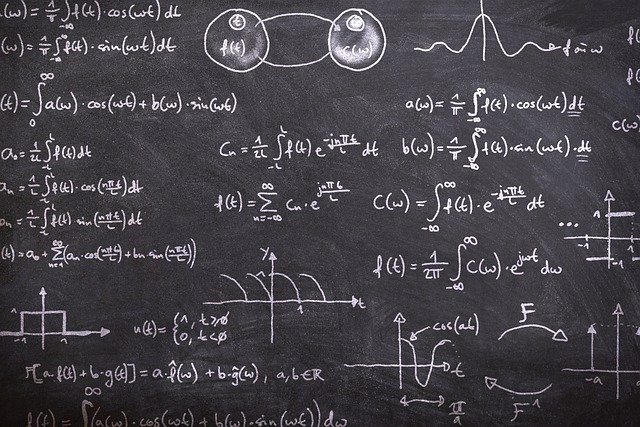By Tim Lambert
Mathematics in the Ancient World
Prehistoric people must have used simple arithmetic. However, when people became civilized mathematics became far more important. Proper record-keeping was essential. In Iraq, a people called the Sumerians counted in sets of 60. We still divide hours into 60 minutes and minutes into 60 seconds. We also divide circles into 360 degrees.
The Egyptians had some knowledge of practical geometry which they used to build the pyramids. However, the Greeks were interested in ideas for their own sake. Around 600 BC a Greek called Thales calculated the height of a pyramid by measuring its statue. But the most famous Greek mathematician was Pythagoras. (c. 570-495 BC). Pythagoras is famous for his theorem The square on the hypotenuse is equal to the sum of the squares on the other two sides.
Theano of Crotona was a great woman mathematician. Euclid (325-265 BC) is most famous for his book about geometry Elements. A man named Eratosthenes (c.276-194 BC) calculated the circumference of the Earth. Archimedes (287-212 BC) worked out formulas for the area of shapes and the volumes of solids. The last great mathematician of the Ancient World was a woman named Hypatia (died 415 AD).
Roman numerals consisted of I meaning one, X meaning ten, L meaning fifty, and C meaning 100. They had no symbol meaning zero. However, the Indians invented a symbol for zero and the numerals we now use were invented by them. They were later used by the Arabs and were first used in Europe in the Middle Ages.
Mathematics 500-1800
There were several great Indian mathematicians during this era. Among them were Aryabhata (c. 476-550) and Brahmagupta (c 598-670). A Persian named Al-Khwarizmi was also a famous mathematician. He lived in the early 9th century. He wrote about Indian numerals and algebra.
In Europe, an Italian called Fibonacci (c 1175-1250) was a great mathematician of the Middle Ages. He discovered the Fibonacci series of numbers. (Each number is equal to the sum of the previous two numbers 1, 1, 3, 5, 8, 13, etc.) In 1489 a German named Johannes Widmann invented the + sign for plus and the – sign for minus. The = sign for equals was invented by a Welshman called Robert Recorde in 1557.
During the 17th century, mathematics made rapid progress. A Scot named John Napier (1550-1617) invented logarithms. Englishman William Oughtred (1575-1660) invented the slide rule. He also began using the symbol X for multiplication. John Graunt (1620-1674) was the first man to study statistics. Meanwhile, a Frenchman named Blaise Pascal (1623-1662) studied probability. Renes Descartes (1596-1650) invented the Cartesian coordinate system with the x and y axes. Gottfried Leibniz (1646-1716) invented calculus.
One of the greatest mathematicians of the 18th century was Leonhard Euler (1707-1783). Euler made many discoveries and he wrote hundreds of books on mathematics. Another great mathematician was Maria Agnesi.
Modern Mathematics
In the 19th century, Carl Friedrich Gauss (1777-1855) made contributions to algebra, geometry, and probability. Charles Babbage (1791-1871) is called the father of the computer because he designed a mechanical calculating machine he called an analytical engine (although it wasn’t built in his lifetime). Babbage was assisted by another great mathematician called Ada Lovelace (1815-1852). George Boole (1815-1864) created Boolean algebra.
Meanwhile, in 1801 William Playfair (1759-1823) invented the pie chart. A Frenchman named Andre-Michel Guerry invented the polar diagram in 1829. John Venn (1834-1923) invented the Venn diagram.

One of the most famous mathematicians of the 20th century was Alan Turing (1912-1954). He is famous for the Turing test, which states that a computer can be considered intelligent if a human being communicating with it cannot tell it is a computer. In the late 20th century computers became very useful to mathematicians.
Last revised 2024